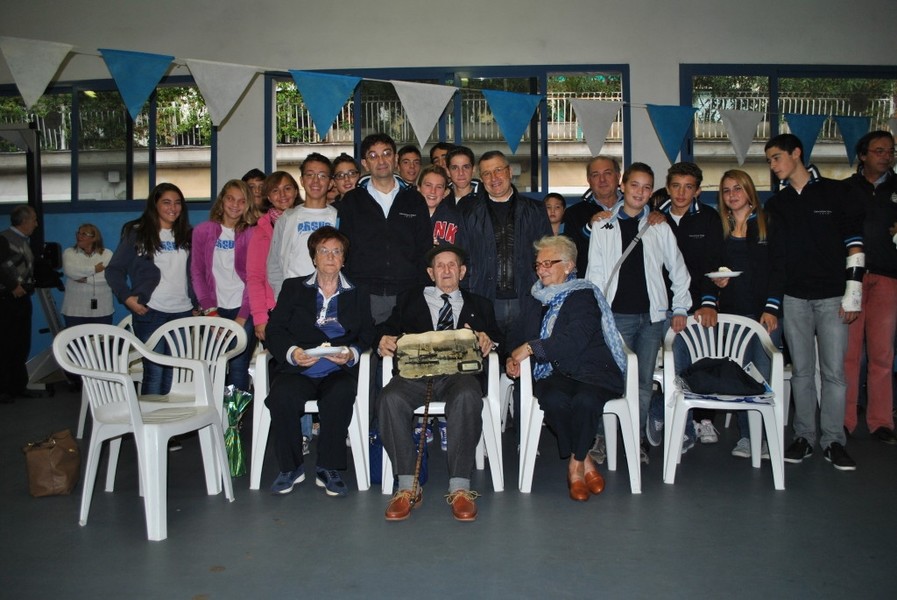Germany is a country for which we have very good data for the most part. As with any nation that has participated in the Games for such a long time, however, there are bound to be a handful of competitors about whom little is known, especially for those who participated in the earlier editions. Today on Oldest Olympians, we wanted to take a look at a few of those competitors from 1928 about whom we know so little that they could possibly (despite it being extremely unlikely) be alive.
Hermann Volz – Member of Germany’s weightlifting delegation to the 1928 Amsterdam Olympics
Hermann Volz represented Germany in the heavyweight weightlifting competition at the 1928 Summer Games where, despite setting a joint Olympic record in the snatch portion of the competition, he finished eighth out of 17 entrants. Aside from his affiliation, Turnerbund Cannstatt, we know nothing else about him.
Karl Max Reinhardt – Member of Germany’s bobsleigh delegation to the 1928 St. Moritz Olympics
Karl Max Reinhardt was on the German four/five-man bobsleigh team that finished 18th out of 23 entrants at the 1928 St. Moritz Games, while another German squad won the bronze medal. Relatively little is known about either of the teams, but Reinhardt is the only member with even a remote chance of being alive. He was a German champion in 1929, but otherwise we have been unable to uncover anything more about him.
Anton Huber – Member of Germany’s sailing delegation to the 1928 Amsterdam Olympics
Anton Huber was a member of the German 6 metres sailing crew that placed 9th among 13 entrants in the tournament at the 1928 Amsterdam Games. He was also a reserve with the 12-foot dinghy crew that placed fifth in that event, but Huber did not end up taking part. Considering that all of his teammates were born in the 1800s, it seems very likely that he is deceased, although we do not have any additional information on him to be certain.
Theodor Fischer – Member of Germany’s fencing delegation to the 1928 Amsterdam Olympics
Theodor Fischer represented Germany in both the individual and team épée events at the 1928 Amsterdam Games and was eliminated in the quarterfinals of both competitions. He was eighth at the national championships that same year, but otherwise we have no additional information about his career or life.

(Walter Müller)
As a footnote, there is also a German cyclist from the Amsterdam Games, P. Neymann, who was a reserve with the delegation but did not start. Without a first name, however, we have been unable to identify him further. Similarly, Fritz Lincke of Berliner SV 92 was a member of the German field hockey squad that won bronze in Amsterdam, but he did not see any playing time, and we know little else about him.
Finally, we wanted to take this time to update on a German-related topic. At the end of last year, we noted that gymnast Walter Müller, born December 31, 1930, was the oldest living Olympian to have represented Saar. We recently learned, however, that he unfortunately died on May 21, 2021, leaving his gymnastics teammate Heinz Ostheimer, born September 15, 1931, as the last surviving Olympian to have represented Saar.
















